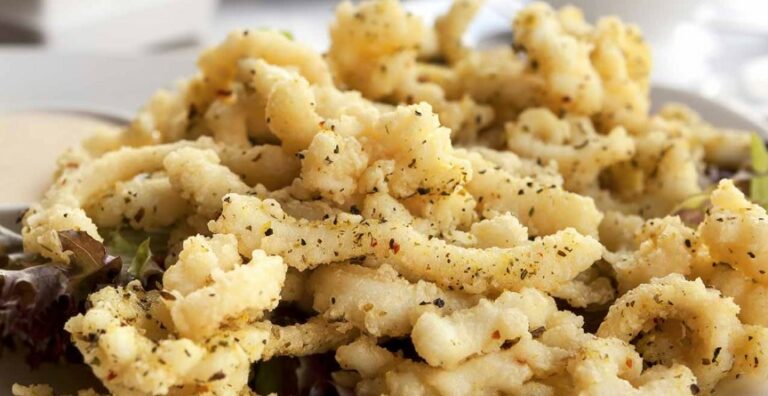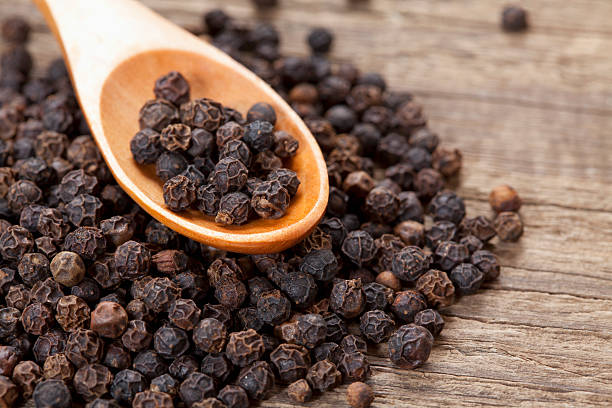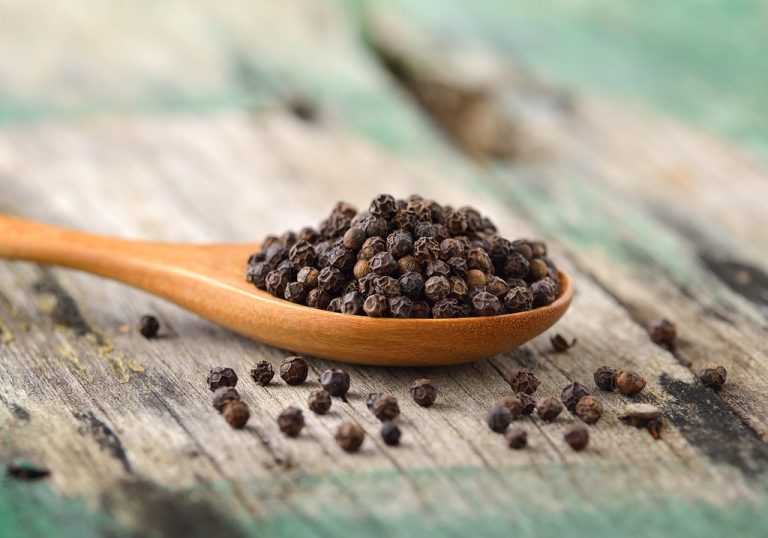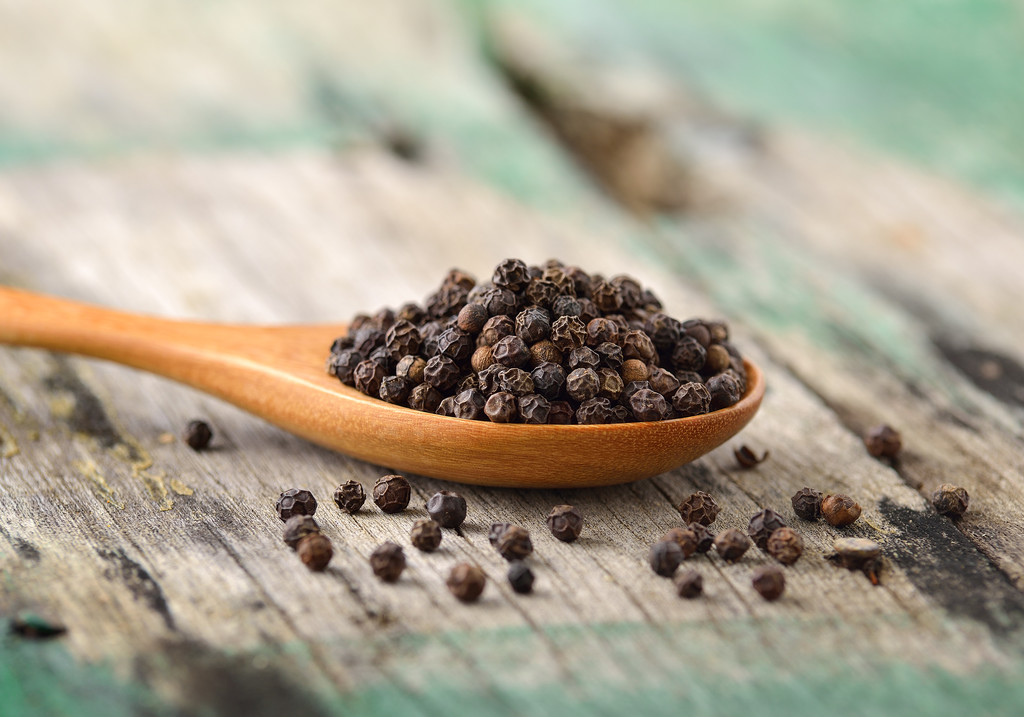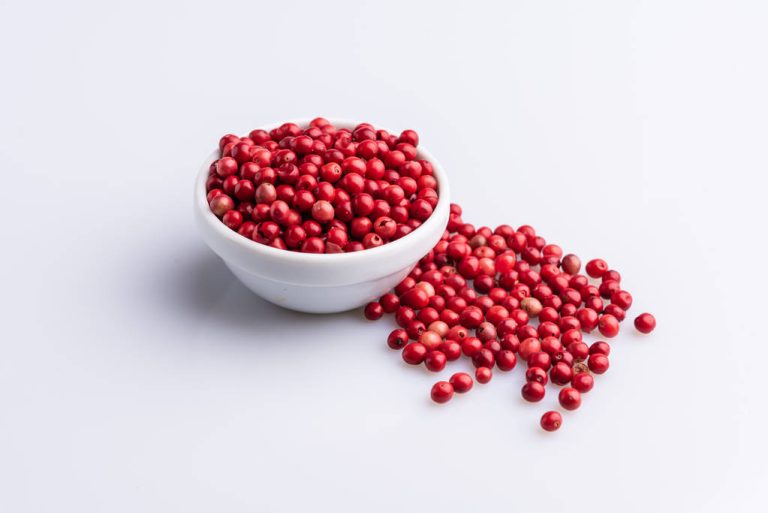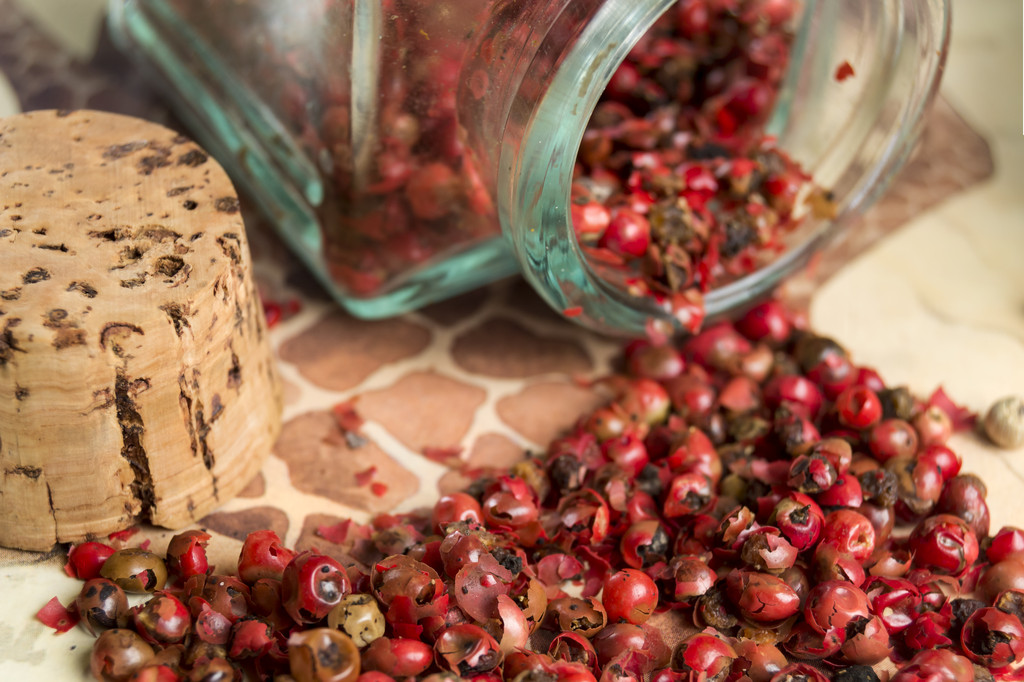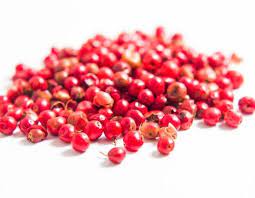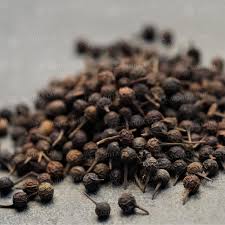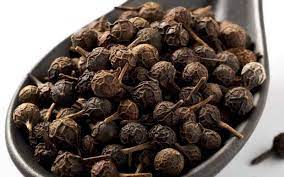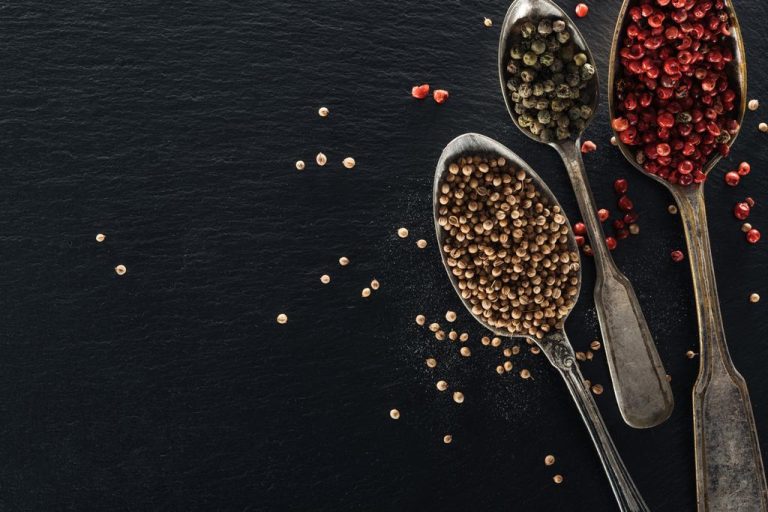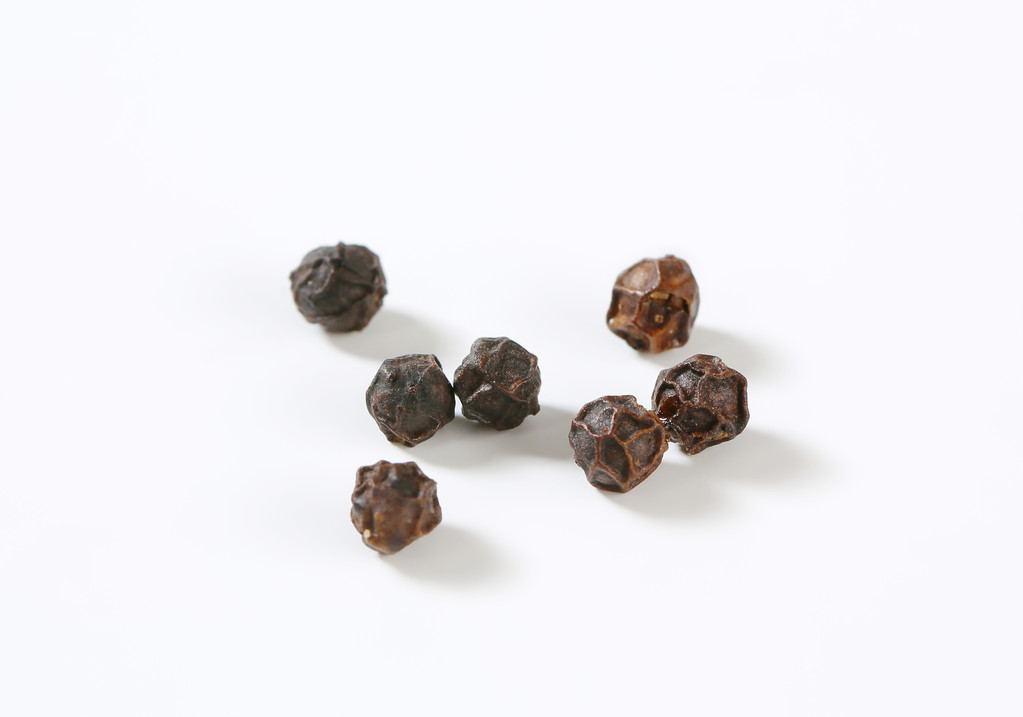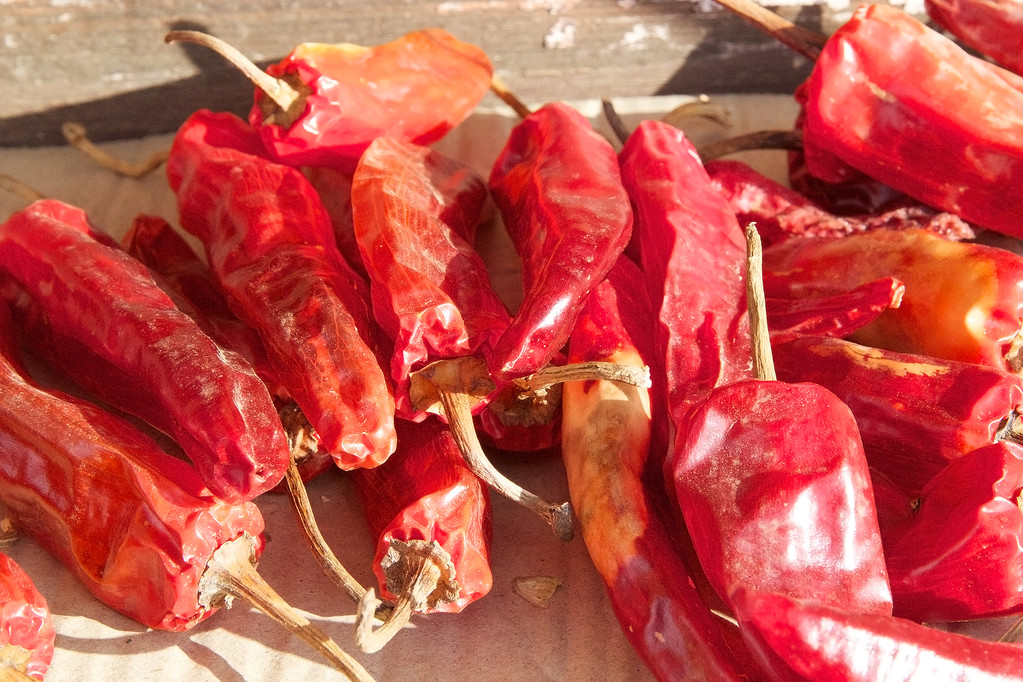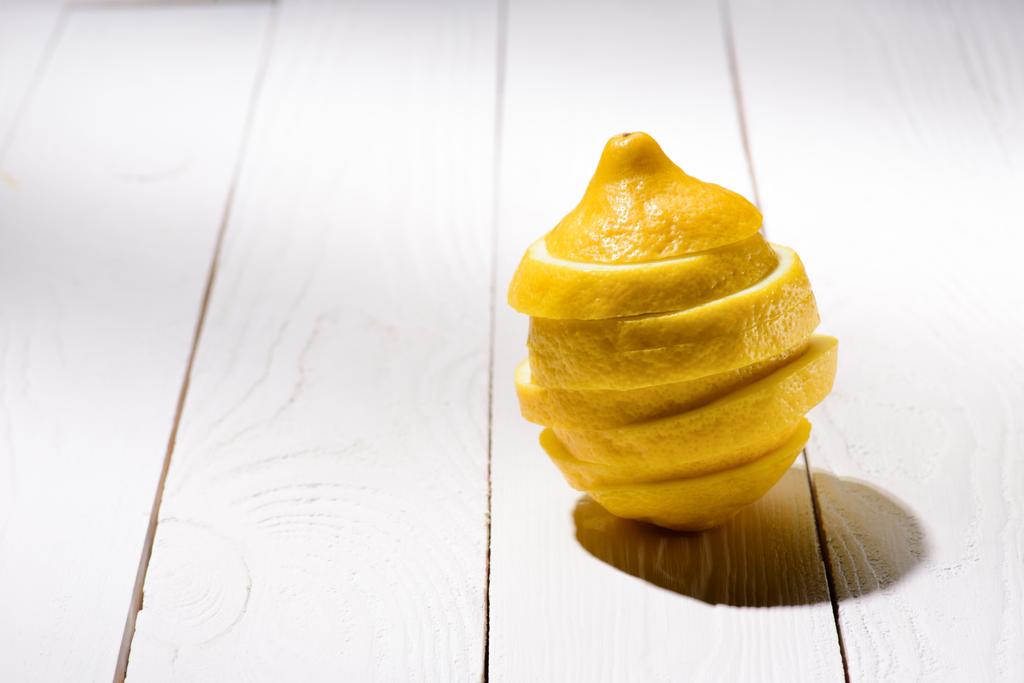Peppers are a low-calorie snack. However, not every color has the same calories. You can easily tell how many calories the peppers have by their color. We present the different colors and their calories, carbohydrates, their nutrients, and suitable recipe ideas.
When they hear the word paprika, most people think of the large sweet peppers. However, the paprika genus, also called Capsicum, is a fruit. It also includes hot peppers and chili peppers, which, unlike sweet peppers, are hot. Sweet peppers come in the colors green, yellow, orange, and red. We show you the differences in the color of sweet peppers and how they differ in terms of their nutritional values.
Sweet peppers as a healthy snack
The bell-shaped sweet peppers are the only ones of their kind that do not contain the pungent substance capsaicin. Thus are rather mild. In addition, with a water content of 87%, they are very refreshing and a low-calorie snack, especially in summer. They also contain a lot of vitamin C and potassium. Peppers belong to the nightshade family and come in the common colors green, yellow, orange, and red.

But what is the difference between the different colors? The colors indicate the different stages of ripeness of sweet pepper. Sweet pepper is green at first, then turns yellow and goes from orange to red. Therefore, the green peppers are actually still unripe fruits and only the red peppers are fully ripe, which is why the sugar content differs.
Unripe, low-calorie peppers
However, unripe green peppers are safe to eat. Compared to the other colors, these contain the fewest calories with only 21 kcal per 100 grams and very few carbohydrates with only 2.8 grams of sugar per 100 grams. This makes them a good low-carb snack or a crunchy diet snack. However, they also contain significantly less vitamin C than the other varieties. On the other hand, green peppers have more iron than red peppers, for example, and fiber, which stimulates digestion.
Their taste is often slightly sour to bitter but contains a green freshness. They taste particularly good in combination with tomatoes and are suitable as a pizza topping or pasta. They generally taste good in Asian dishes and are a good balance to sweeter vegetables in cooked dishes due to the light, tart note. Also, note our tips for cooking vegetables and getting vitamins.
Yellow peppers have good nutritional values
The yellow ones are a little riper than the green ones. They have a much sweeter taste and are very fresh and juicy. Yellow peppers have a high percentage of juice. So you can juice them well or make smoothies out of them. They have about 37 calories and 5.3 grams of carbohydrates per 100 grams. They also contain significantly more vitamin C than the green version. Since only a few vegetables are yellow, they are a sunny eye-catcher and bring color and variety to every dish.
Yellow peppers are particularly good at handling heat, making them a good oven or grilled vegetable. But they can also be steamed well and are suitable for stuffed peppers with minced meat and potatoes. In addition, these are particularly popular with children and are good raw food. However, caution is advised, because due to the skin of the peppers, not everyone can tolerate them raw. Our tip: For people who love raw peppers: Cut a few yellow peppers into strips and dip them in hummus as a snack or just nibble on them.
There are also orange peppers
If you leave yellow peppers for a while, they turn orange. Compared to yellow peppers, they contain more carotenoids, which are responsible for the color. The green variant, on the other hand, does not contain any. Carotenoids are good for brain function. And the orange variant tastes a little sweeter than the “yellow siblings”.
With 30 kcal and 4.5 grams of carbohydrates per 100 grams, they have slightly fewer calories than yellow peppers. They can be used to prepare good sauces and dressings or salsas. Their taste goes especially well with green vegetables. They are ideal for salads but also a good raw food snack. They also taste great as stuffed peppers.
Tasty red with lots of calories and vitamins
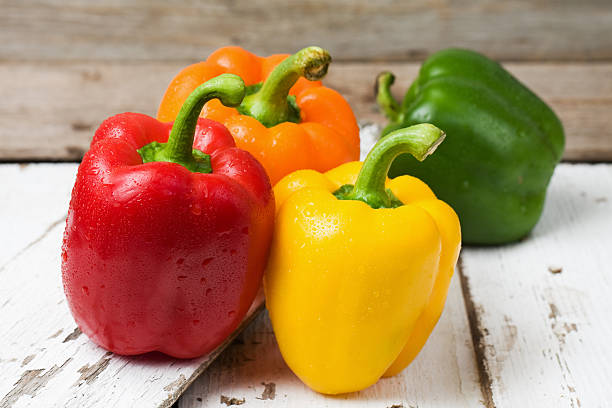
The red pepper is fully ripe and tastes the fruitiest and sweetest. Only it contains about 140 milligrams of vitamin C per 100 grams. A heat-resistant carotenoid called lycopene, which is good for the heart and circulation and is one of the antioxidants, is responsible for the red color. Lycopene is a radical scavenger, which means that red peppers can be helpful in preventing cancer.
They also have significantly more vitamin A and zinc than the other colors. In addition, they are easy to insert or buy already inserted. But you can also puree them well and make hot sauces out of them, e.g. Ayvar. They are also often eaten dried. The classic, however, remains Hungarian-style stuffed peppers.
But they are also very heat resistant, which makes them good for grilling, roasting, baking in the oven, or stewing. The red ones are the most versatile of the peppers, as they are a good raw food in salads, but can also be used in dressings and sauces. The only downside: they are a bit more expensive and, at 67 calories and 6.4 grams of carbohydrates, have significantly more calories than the other colors. However, they are still a generally low-calorie and healthy snack compared to other alternatives. Nibble on red peppers is still better than a bag of chips. A delicious dish should not do without the red variant.

